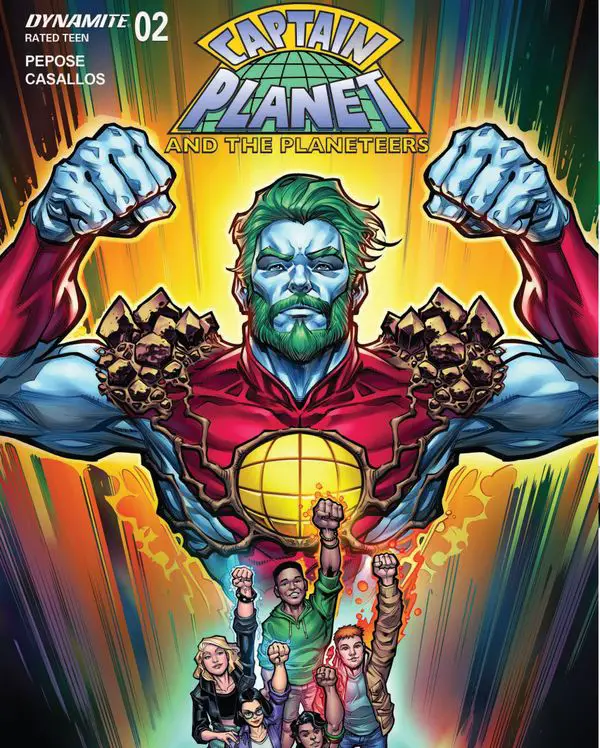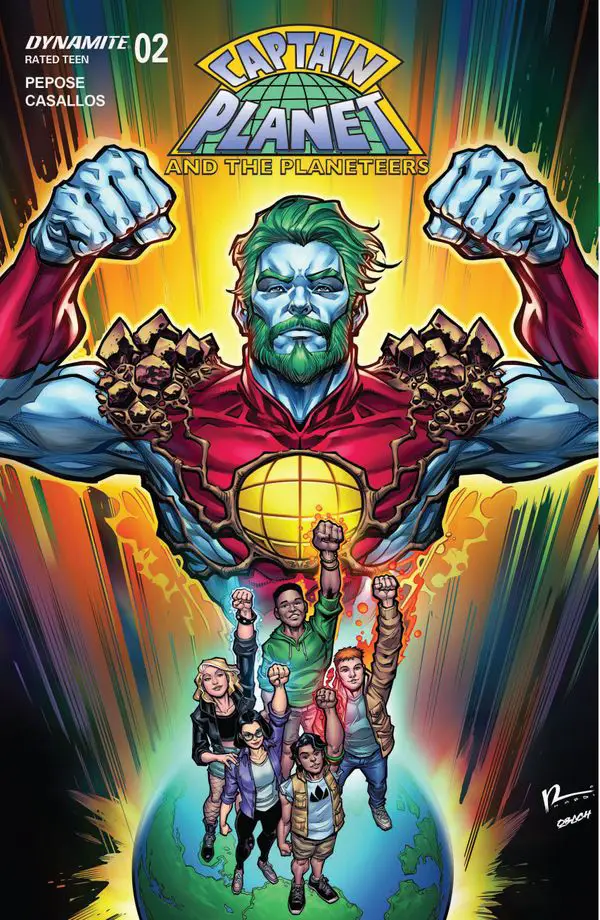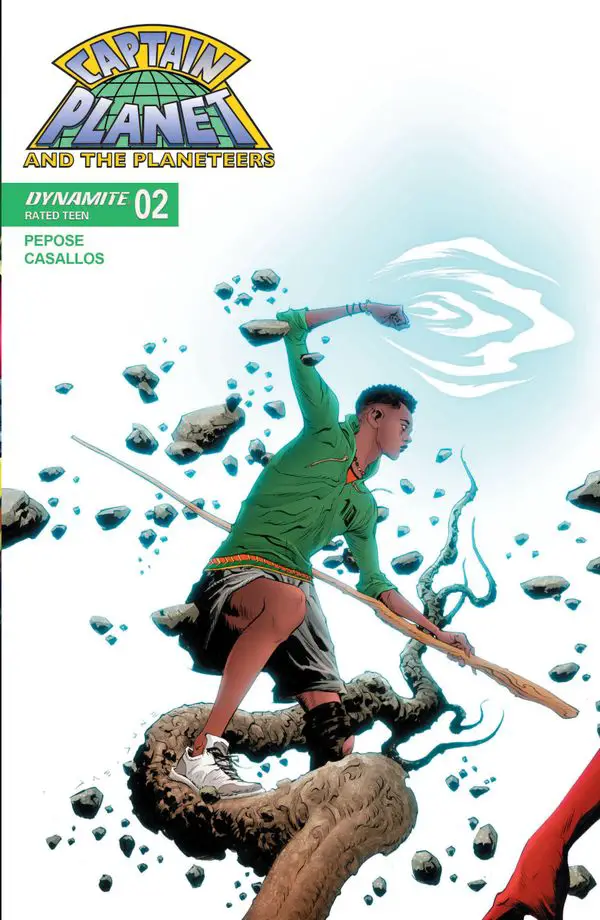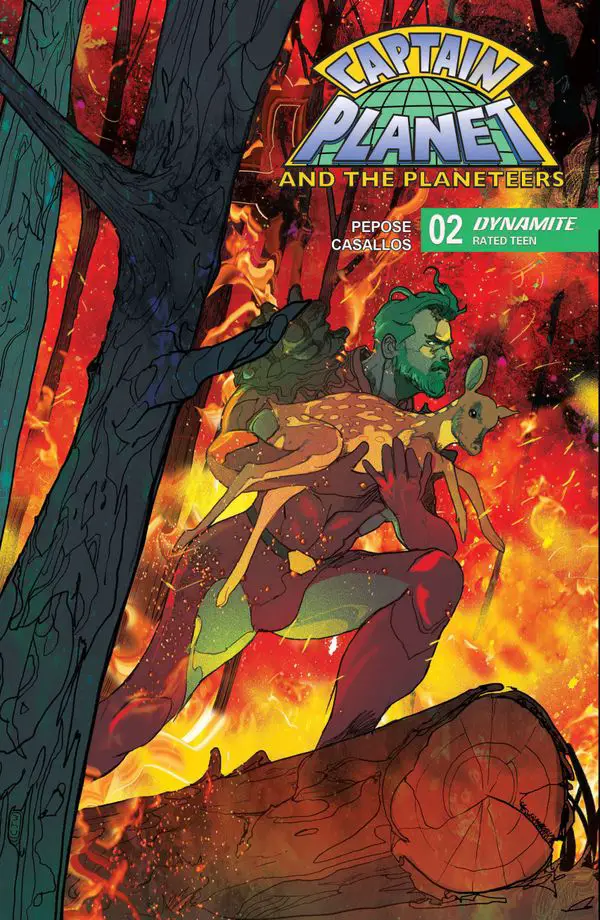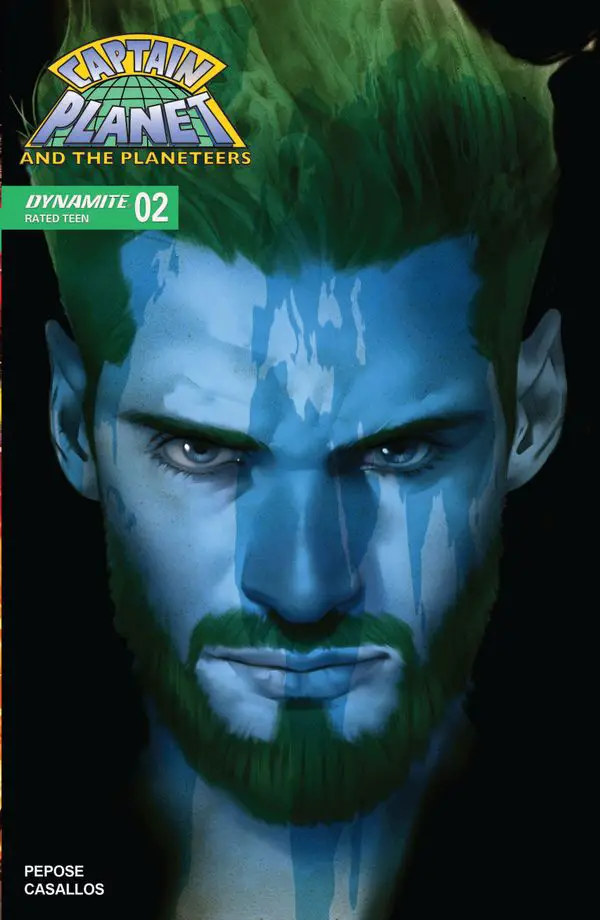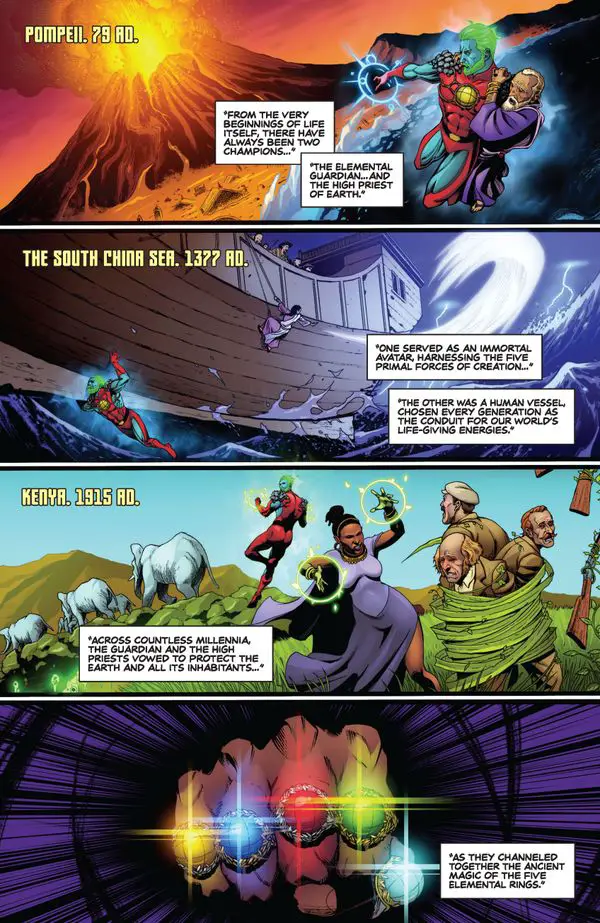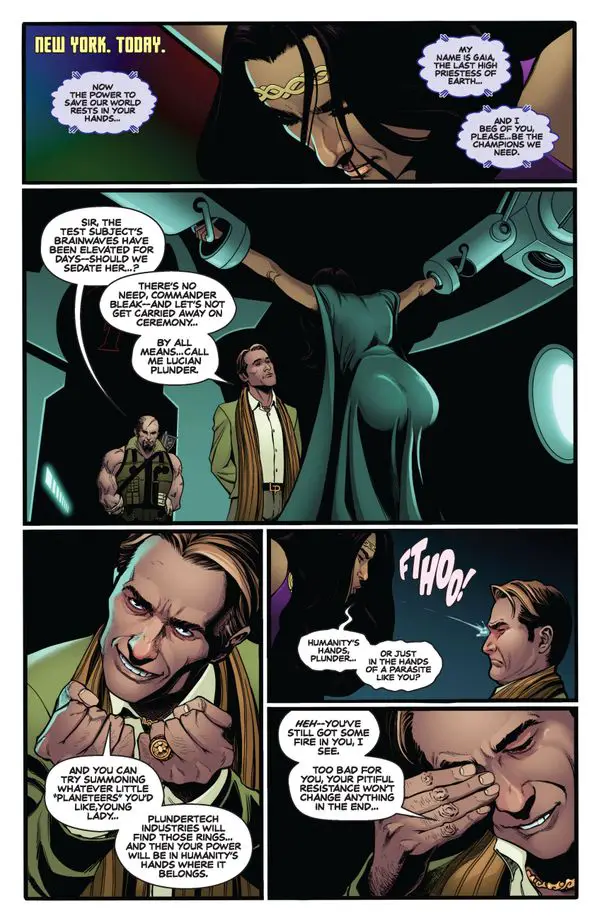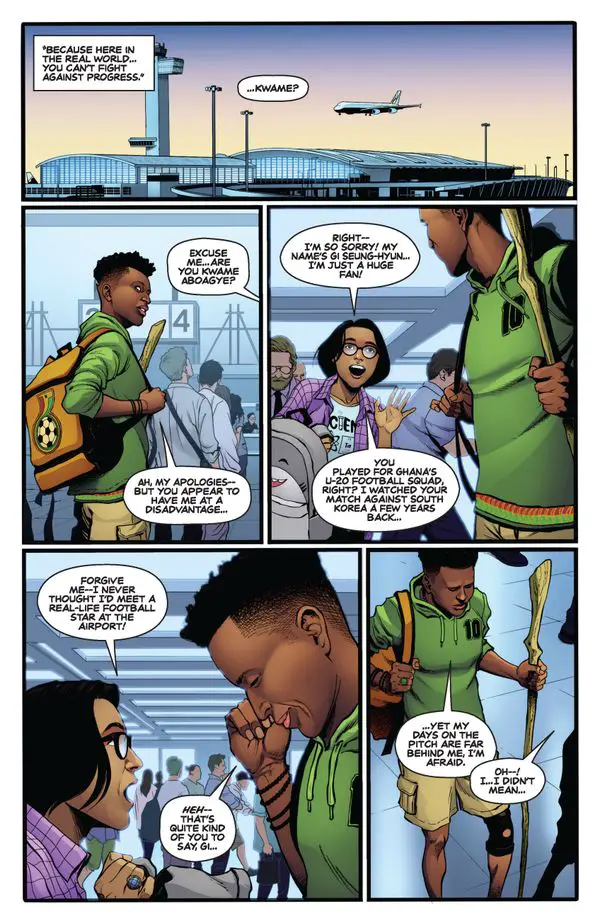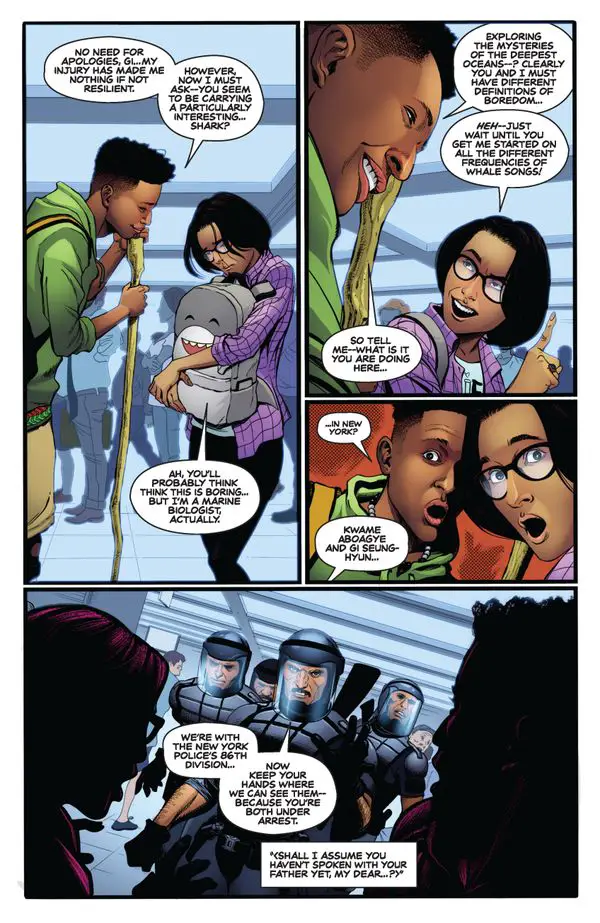Captain Planet #2, by Dynamite Comics on 7/23/25, tosses our new Planeteers into the eye of an environmental storm in New York City, where protests burn and sabotage simmers.
Credits:
- Writer: David Pepose
- Artist: Eman Casallos
- Colorist: Jorge Sutil
- Letterer: Jeff Eckleberry
- Cover Artist: Chad Hardin (cover A)
- Publisher: Dynamite Comics
- Release Date: July 23, 2025
- Comic Rating: Teen
- Cover Price: $4.99
- Page Count: 24
- Format: Single Issue
Covers:

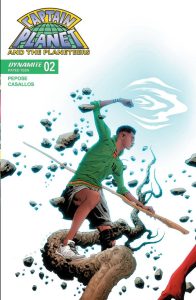
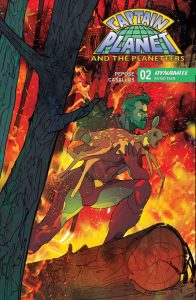
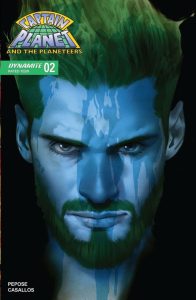
Analysis of CAPTAIN PLANET #2:
First Impressions:
Reading this issue is a bit like grabbing a half-melted ice pop: bright, sticky, and just messy enough to make you wonder where it all went sideways. The drama cranks up, the characters squabble like siblings trapped on a road trip, and the action scenes swerve wildly between inspired and overcooked.
Recap:
In Captain Planet #1, a freshly minted team of Planeteers—Kwame, Gi, Linka, Wheeler, and Ma-Ti—received elemental rings from Gaia to safeguard the planet, only for their powers and teamwork to be tested immediately. Summoned from all corners of the globe and thrown into a world of eco-terror and corporate greed led by Lucian Plunder, the group’s shaky alliance struggled as Plunder’s machinations put Gaia herself in peril, setting up their desperate mission to unite and summon Captain Planet for the world’s sake
Plot Analysis:
The story opens with a flashback montage: Pompeii in 79 AD, the South China Sea in 1377, and Kenya in 1915. In each era, a Guardian and a High Priest channel elemental rings, underscoring a timeless legacy of planetary defense. Fast-forward to New York today, where Gaia—the last High Priestess—lies captive under the smug oversight of Lucian Plunder, who’s dead-set on nabbing the rings for Plundertech Industries. The villains gloat while Gaia quietly pleads for new champions.
Meanwhile, the Planeteers scatter across a chaotic Manhattan. Kwame, a former U-20 football star from Ghana, meets marine biologist Gi in a chance airport encounter that quickly devolves into a wrongful arrest. In another subplot, Linka, Russian oil heiress and eco-activist, verbally jousts with her father’s right-hand man Dimitri while juggling her double life as a protestor. Wheeler, the wisecracking American with a finger on the “fire” ring, barrels into a demonstration that’s one Molotov cocktail away from melting down, tangling with police, protestors, and nearly everyone else.
As mayhem erupts, all five Planeteers are tossed together—mostly literally—by an explosion that throws their elemental powers and personalities into the spotlight. Some get arrested, some bicker, and all are hunted by Plunder’s goons, who soon roll out robotic firepower and tear gas to crush both protest and Planeteer. Gi and Kwame use their rings in unplanned tandem, Gi manipulating city waterworks and Kwame growing instant plant shields, but it’s clear they’re outmatched and outgunned.
Backed into a corner and peppered with robotic subsonic cannons, the team finally listens to Ma-Ti, whose power of Heart unites their thoughts—and, crucially, their stubborn personalities. Together, at last, they combine their elemental forces and summon Captain Planet, who emerges ready to dish out old-school justice on Plunder’s mechanized forces and remind everyone exactly whose planet this is.
Story
David Pepose’s script tries to juggle modern relevance, pulpy superhero nostalgia, and a cast of global misfits that seem more drawn to bickering than to bonding. There’s an exciting urgency to the environmental themes, but the plot occasionally staggers under the weight of one-liners, abrupt tonal shifts, and expository dialogue thick enough to be mistaken for mud. Every Planeteer has their introductory beat and distinct voice, but the issue spends more time herding them together than letting any one of them truly shine. The pacing sprints from origin-story montages to full-blown street combat, rarely pausing for readers (or heroes) to catch a breath.
Art
Eman Casallos keeps the visuals crackling with kinetic motion and bold panel choices. The action scenes are splashy and loud, sometimes at the expense of readability as New York’s cityscape dissolves into blurs of elemental chaos. Character designs are expressive—if a touch busy—with the Planeteers’ faces easily telegraphing confusion, anger, and panic, sometimes all in one panel. Jorge Sutil’s colors pump up the drama: fire reds burn, plant greens pop, and Captain Planet himself gets the full teal-and-crimson makeover. The panels are eye-catching but lack subtlety, swerving between high contrast and over-saturation that makes quieter moments feel rare.
Characters
The core cast (Kwame, Gi, Linka, Wheeler, and Ma-Ti) are introduced in broad strokes: each with a personal conflict and a ring to match. They’re caricatured more than crafted, and while their bickering is sometimes snappy, it also grinds down any chance of real chemistry. Ma-Ti’s telepathic “Heart” powers provide a helpful deus ex machina to end their squabbling just in time to save the day. Lucian Plunder and Commander Bleak, meanwhile, twirl metaphorical mustaches in classic villain fashion, coming across as smarmy Saturday morning throwbacks.
Positives
The comic isn’t afraid to sprint headlong into chaos. The creative team knows how to stage an action set piece, and the climactic summoning of Captain Planet lands with the required fanfare. The environmental message is front and center, giving the story a genuine pulse. Every Planeteer is introduced with at least one cool power use or character beat that hints at future potential. The art pops off the page during battle scenes, and Captain Planet’s reveal hits the nostalgia button squarely.
Negatives
There’s a lot of plot but little finesse. Exposition floods the page, often drowning quieter moments and short-changing character development. The Planeteers’ personalities rely on stereotypes and surface-level conflict, making it tough to invest in any of them beyond their flashy powers. The art, though energetic, struggles to keep layouts clear when too many energy beams or explosions erupt at once. Tonal mismatches, witty banter during life-or-death chaos, and villain monologues bordering on cartoonish prevent real emotional stakes from taking hold.
Art Samples:

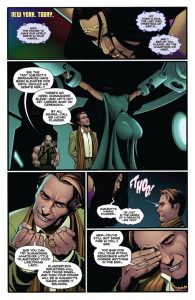
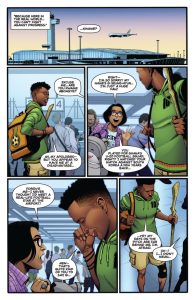
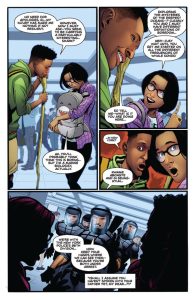
Final Thoughts:
(Click this link 👇 to order this comic)
CAPTAIN PLANET #2 is a sugar rush of eco-heroics, refusing to slow down for pesky things like subtlety or, sometimes, logic. It’s fun, chaotic, and high on spectacle, but thin on nuance or character growth. Kids and fans of the original show will cheer for the big fights and bigger catchphrases, but anyone craving subtlety or fresh character moments may want to temper expectations.
We hope you found this article interesting. Come back for more reviews, previews, and opinions on comics, and don’t forget to follow us on social media:
If you’re interested in this creator’s works, remember to let your Local Comic Shop know to find more of their work for you. They would appreciate the call, and so would we.
Click here to find your Local Comic Shop: www.ComicShopLocator.com
As an Amazon Associate, we earn revenue from qualifying purchases to help fund this site. Links to Blu-Rays, DVDs, Books, Movies, and more contained in this article are affiliate links. Please consider purchasing if you find something interesting, and thank you for your support.

